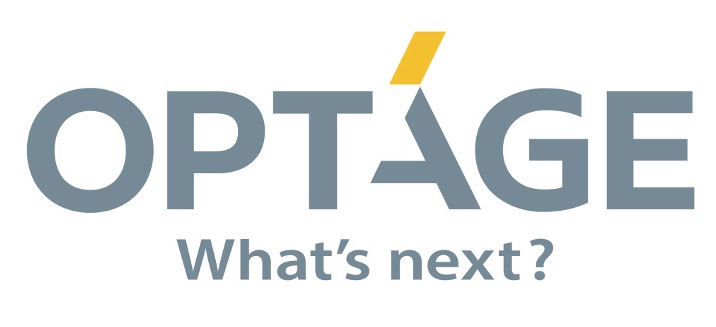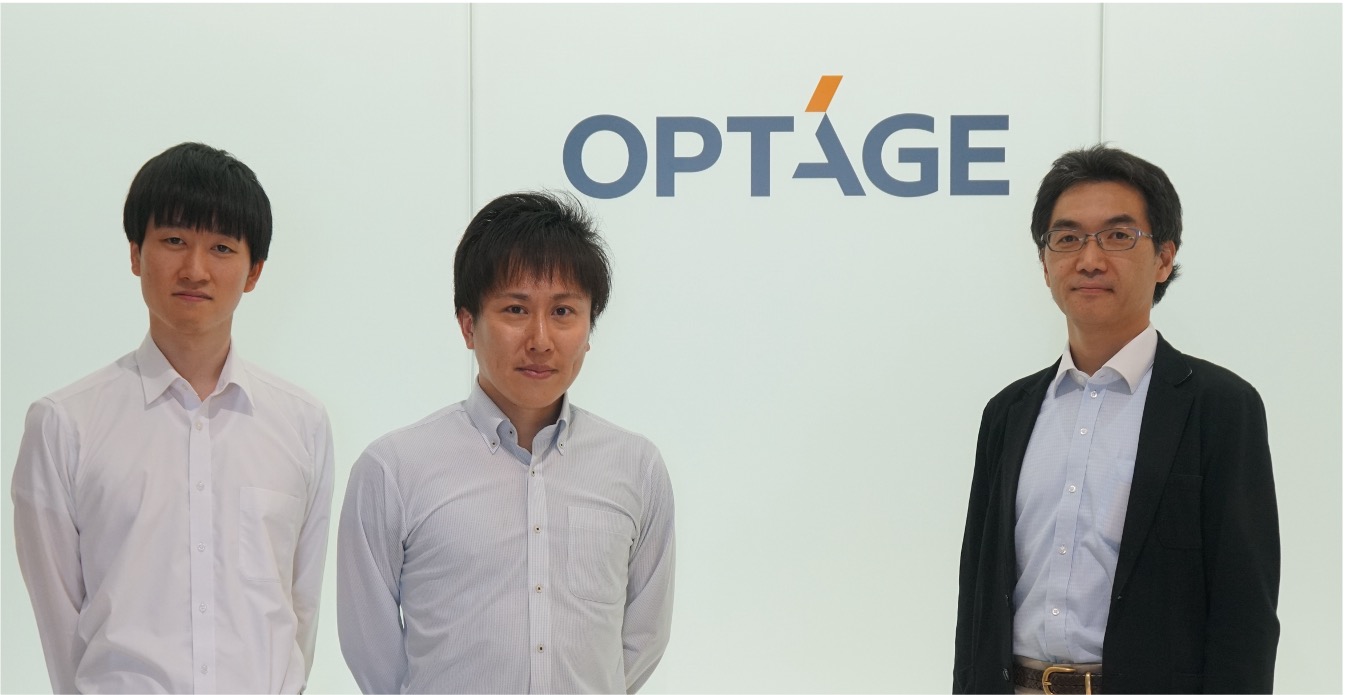Upon implementing a new solution, OPTAGE investigated several different products, focusing on cost-saving open-source software (OSS). Their final choice was Zabbix, as it had been previously employed in other departments.
“Zabbix already had a proven track record in other departments, with its functions such as system monitoring, alert notification, and performance visualization. Since Zabbix agents can be embedded in OS templates, the installation work can be automated when building a virtual server. In addition, server resource usage can be visualized through graphs provided in the browser. In terms of the cost, we thought that monitoring cost could be significantly reduced, considering the fact that Zabbix is open-source software and that the support provided by our partner Ashisuto is not dependent on the number of monitored servers.” (Mr. Taenaka)
However, there were some requirements that Zabbix alone could not meet. Since SNMP Trap monitoring cannot be implemented with Zabbix alone, it was difficult to cover all items to be monitored. Another issue was that a full migration to Zabbix would make it impossible to continue using the existing notification integration process, such as JP1/Integrated Management 2 (JP1/IM2), which means that costs for maintenance and testing would be increased.
Given this situation, OPTAGE’s partner and support company, Ashisuto, suggested combining two solutions: JP1 and Zabbix. This proposal was made possible only by a vendor-neutral company like Ashisuto, which offers a wide range of products. With this solution, Zabbix will manage health check, log monitoring, process monitoring and resource monitoring, and resource monitoring, while JP1 will manage SNMP Trap monitoring. Events detected by Zabbix will be shared with JP1, and JP1 will handle mail notifications.
“Another issue was that it was difficult to change JP1/IM2 because it was interconnected with other tools. There are actually many cases like this, and we thought an integrated solution would be a good match,” explains Ms. Kaori Sonoyama, Manager of the Technology Department 3, System Infrastructure Technology Division, Business Infrastructure Technical Group, Ashisuto.
This integrated solution enabled cost and workload reduction for installing agents, as well as resource visualization. It also enabled coverage of all items to be monitored, which was not possible with a single tool alone, and to continue using the existing notification integration process. Thus, a monitoring system that maximizes the advantages of both products has been implemented.





